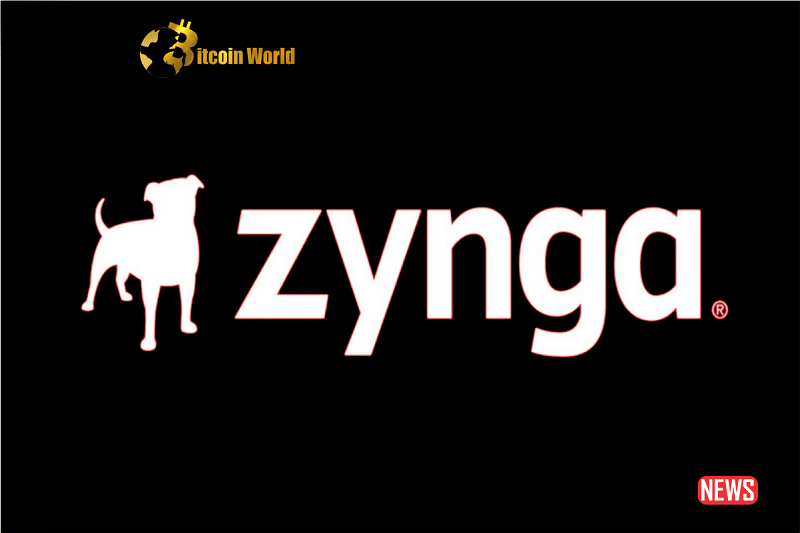
Zynga, the well-known gaming giant, has taken a bold leap into NFTs, making waves and setting a new standard for launching NFT collections even in challenging market conditions.
The focal point of Zynga’s NFT foray is “Sugartown Oras,” which represents their first-ever NFT mint for an upcoming Web3 game. While Zynga’s entry into the NFT space naturally drew attention, what truly astonished the community was their decision to offer these NFTs entirely for free. This unique approach eliminated the need for collectors to part with their prized NFTs, a common practice that had been cannibalizing the floors of other NFT collections.
Currently, Sugartown boasts a floor price of 0.32 ETH, equivalent to approximately $528. Collectors who didn’t secure a whitelist spot for the free mint must invest to participate in this opportunity.
This move by Zynga underscores a key challenge that projects face when pricing their primary NFT sales. Striking the right balance between a price that attracts collectors while maximizing fundraising can be likened to walking a tightrope. Interestingly, regardless of the price chosen, collectors are showing reluctance. Recent examples include Wreck League’s failed attempt to mint NFTs priced at 0.19 ETH and Nakamigos facing significant backlash over their 0.05 ETH mint.
The real question from Zynga’s mint is what sets these NFTs apart, prompting collectors to chase them on the secondary market even at a substantial price. The answer may lie in the allure of mystery, untapped potential, and endless speculation surrounding NFTs, factors that have always influenced NFT prices.
Zynga has teased that Sugartown is not just an NFT for a single game but is a key element of their broader NFT gaming ecosystem. The absence of a clear roadmap leaves room for wild speculation, and collectors are responding by driving up secondary market prices. It has become a collective understanding that once collectors fully comprehend a product’s purpose, speculation wanes, and prices tend to dip.
The broader gaming industry notes Zynga’s approach, especially as major developers gear up to launch their NFT games. Konami recently announced “Project Ziron,” while Krafton, the developer behind PUBG, revealed “Overdare.” Both studios may consider Zynga’s strategy as they navigate the NFT landscape.
Offering free NFTs in this market resonates with dedicated NFT enthusiasts and those curious about NFTs in traditional gaming. It is hoped that these studios embrace sustainable methods for offering NFTs, driving the NFT gaming space forward during a critical phase.
In the ever-evolving world of NFTs, even modest changes in numbers are considered stable. As a space accustomed to daily double or triple-digit swings, the past week’s relatively even performance is notable. Stabilizing numbers could indicate that the market is approaching a floor or, at the very least, a more realistic trading environment.
Despite recent fluctuations, global sales, buyers, sellers, and total transactions remain in line with levels seen in May or June 2021. A significant decline would be necessary to return to the levels observed in February 2021, when weekly sales ranged from $36 million to $54 million.
The top 5 NFT collections are dominated by DMarket, DraftKings, Gods Unchained, and Sorare, known for their high volume, low cost, and mass appeal. The CryptoPunks also saw substantial sales, including a Zombie Punk #3609 selling for $682,000.
The completion of the Nouns fork resulted in over 50% of holders transitioning to the new collection, taking their share of the treasury, totaling over $27 million.
Zynga’s Sugartown Oras free mint experienced a hot secondary market, with the floor price exceeding 0.42 ETH.
The $SATS BRC-20 collection propelled Bitcoin to the second spot in the collection rankings this week, with significant sales of BRC-20 bundles.
Ethereum sales saw a slight uptick, primarily driven by large sales from Bored Ape Yacht Club (BAYC), CryptoPunks, and Nouns.
Mythos Chain’s volume continues to be dominated by DMarket sales, particularly CS:GO gaming skins.
Polygon’s activity remains driven by DraftKings, with 67% of total sales stemming from sports collectibles.
Solana experienced a 13.01% decrease in sales volume, but the value of Solana NFTs increased, as reflected in the Solana NFT Composite’s +0.30% gain over the past seven days.
The post Zynga’s Surprising NFT Strategy Shakes Up the Gaming Industry appeared first on BitcoinWorld.















